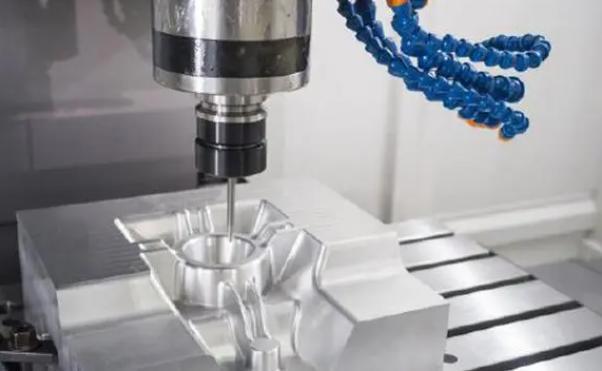What Finishing Options Are Available for CNC Machined Aluminum Parts?

Once a CNC machined aluminum part has been fabricated, it often requires additional finishing to enhance its appearance, functionality, or durability. Here are some common finishing options:
· Anodizing: This process creates a durable, corrosion-resistant oxide layer on the surface of the aluminum. It can also be used to color the part or provide a decorative finish.
· Powder Coating: A dry-powder coating is applied to the part and then cured in an oven. This process provides a durable, colorfast finish that is resistant to scratches and fading.
· Electropolishing: This process removes surface imperfections and produces a mirror-like finish. It is often used for parts that require a high level of aesthetic appeal.
· Sandblasting: This process creates a textured surface on the part, which can improve grip or provide a decorative effect.
· Painting: Liquid paint can be applied to the part using various techniques, such as spraying or dipping. This provides a color and protective finish.
· Plating: Metal plating can be used to coat the aluminum part with another metal, such as nickel, chrome, or zinc. This can improve corrosion resistance, enhance appearance, or provide specific functional properties.
- Art
- Causes
- Crafts
- Dance
- Drinks
- Film
- Fitness
- Food
- Juegos
- Gardening
- Health
- Inicio
- Literature
- Music
- Networking
- Otro
- Party
- Religion
- Shopping
- Sports
- Theater
- Wellness


